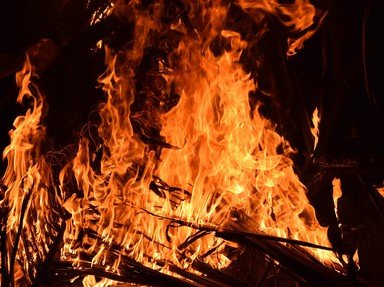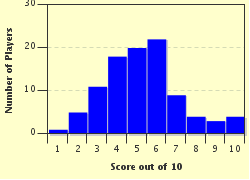Quiz Answer Key and Fun Facts
1. It's widely known that the fire began at a bakery, but do you know the name of the proprietor?
2. Who is regarded as the first victim of the Great Fire?
3. The primary means of containing fire was to create firebreaks by demolishing buildings. However, permission was required from the building owner to do this, and many of the properties in the fire's immediate path were rented to tenants, with their owners unreachable. Who instead was permitted to order the demolition of buildings in the circumstances?
4. The King, upon hearing news of the fire, sailed along the Thames to view the conflagration for himself. At which spot did he land?
5. Who did the King appoint to take charge of the firefighting effort?
6. One of the most famous losses during the Great Fire was St Paul's Cathedral. At what point during the fire did the building succumb to the flames?
7. During the fire, officials closed the city gates to stop people getting out.
8. The strong easterly wind blew the fire west towards Westminster, the location of both Parliament and the King's London residence. What was expected to provide a barrier to the flames?
9. Gunpowder was used to blow up buildings to create major firebreaks as the fire approached the Tower of London.
10. At the time, London Bridge was the only fixed crossing of the River Thames that the City had. Wooden houses were built along its length connecting the north and south banks. Why did the fire not spread to the south side of the river across the bridge?
Source: Author
Red_John
This quiz was reviewed by FunTrivia editor
bloomsby before going online.
Any errors found in FunTrivia content are routinely corrected through our feedback system.

